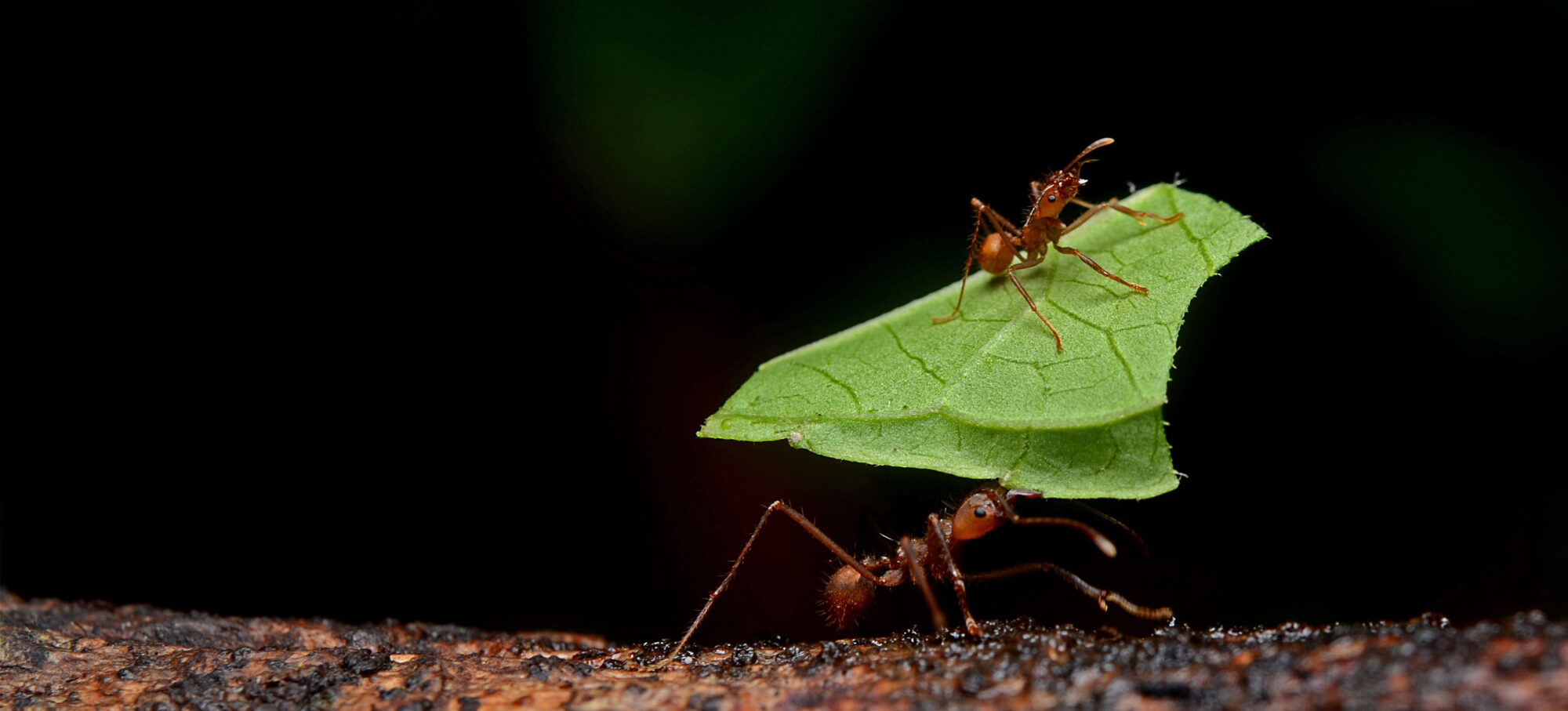Antibiotic Pollution Index: 411 (12 October 2017)
What is the Antibiotic Pollution Index?
What it does
Amoxicillin works against gram-positive bacteria (bacteria with only one cell membrane). Few gram-negatives (which have two membranes) are also sensitive to it. This drug blocks the formation of the cell wall and kills the bacterial cell. It is often administered in combination with clavulanic acid, which, in essence, protects amoxicillin to be broken down by the bacteria it targets.
Who gets it
Amoxicillin is prescribed against throat, ear, lung, urinary or skin infections (often in children), and to treat Helicobacter pylori infections of the stomach. It is also used in farm and pet animals. In fact, amoxicillin is a commonly used “top critically important” antibiotic (as described in the UN List of Essential Medicines) in a number of pork farms in Europe. In Spain, one study found that 90 percent of pigs in so-called “finisher farms” was on antibiotics, where amoxicillin (51%) ranked only after colistin (61%) and doxycycline (62%) (please note that these 3 already sum up to more than 100%). Amoxicillin is used in some countries in aquaculture, too.
Where may it be produced?
Spain, Italy, India, China, Korea, Netherlands, Singapore, United Kingdom, Germany, Israel.
And, SquaredAnt, does it pollute?
Amoxicillin has been found in surface waters and waste-water effluents, generally in concentrations below 0.2 ng per ml. Sludge of from waste-water plants, on the contrary, may reach 79 ng/g. Such concentrations lie well above the predicted concentration of selection for resistant bacteria, which is estimated to be 0.25 ng/ml.
Warning lights
Health care systems fear a number of major resistance phenotypes, 3 of which (methicillin-resistant Staphylococcus aureus, vancomycin resistant Staphylococcus aureus, methicillin-resistant Staphylococcus epidermidis) include amoxicillin resistance. Amoxicillin resistance in Helicobacter Pylori is also quite common in some regions worldwide, up to 50% in China.
Any common sense in this antibiotic?
Amoxicillin being pumped into pigs in the EU, as part of a cocktail of antibiotics, is indicative for quite a few shortcomings in pig breeding, health management, the meat industry and its underlying business model. Such overuse may be indicative for many regions in the world. In the USA, 19 out of 55 reported outbreaks of resistant food-borne pathogens were amoxicillin-resistant bacteria (mainly Salmonella). And, when a Jordan research group analyzed seafood imported from India, Egypt and Yemen, practically everything carried Salmonella and Shigella species that were antibiotic resistant… the majority of which against amoxicillin. Knowing that amoxicillin accumulates in sludge, it would make sense to approach the resistance in the context of fisheries and farms, and the link to human health via food, with more care.
Sources

